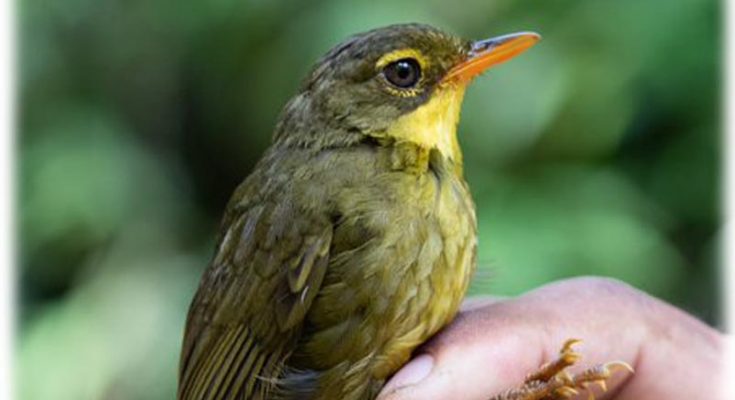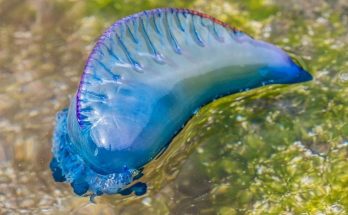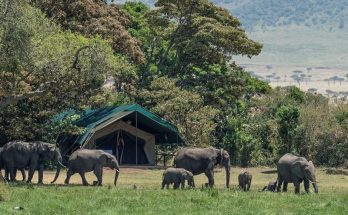Madagascar/IBNS: Dusky Tetraka, a small olive and yellow-throated bird that hops around on the ground and has eluded ornithologists for 24 years, was rediscovered by an expedition team searching the tropical forests of northeastern Madagascar.
The expedition team, led by The Peregrine Fund’s Madagascar Program, found the species in two different remote sites: one on the Masoala peninsula in late December 2022 and another near Andapa in January this year, read the BirdLife International website.
The last documented sighting of Dusky Tetraka was in 1999, making it one of the top 10 most wanted lost birds by the Search for Lost Birds, a collaboration between Re:wild, American Bird Conservancy (BirdLife in the US) and BirdLife International.
“Now that we’ve found Dusky Tetraka and better understand the habitat it lives in, we can look for it in other parts of Madagascar, and learn important information about its ecology and biology,” said Lily-Arison Rene de Roland, Madagascar Program director for The Peregrine Fund, and expedition leader. “There is a lot of biodiversity still to discover in Madagascar.”
Rene de Roland–who also rediscovered Madagascar pochard in 2006 in a remote area of northwestern Madagascar and was a student working with The Peregrine Fund when Madagascar Serpent Eagle and Red Owl were rediscovered – spent several months searching for Dusky Tetraka in Madagascar, the only place where it is found.
He and his team set out in late December 2022 to search for the tetraka, a warbler-like bird that is part of a family found only in Madagascar, near Andapa.
The team had to drive for more than 40 hours and hike for half a day up steep mountains to the last spot the bird had been seen.
No ornithologists had returned to the site since 1999.
When the team arrived at the spot, they found that much of the forest had been destroyed and converted to farms for vanilla even though the area is officially protected as part of the COMATSA-sud protected area.
After five days of searching, they decided to move to lower elevations, since they had not seen any sign of the bird and realized that Dusky Tetraka might not live at higher elevations.
While Rene de Roland and his team were searching for the tetraka near Andapa, another team from The Peregrine Fund’s Madagascar Program, led by Armand Benjara and Yverlin Pruvot, found the bird on the Masoala peninsula where they caught and released a single dusky tetraka in a mist net on December 22. Benjara had been hoping to find the tetraka since he started working as a biologist for The Peregrine Fund.
“Seeing the bird for the first time was truly a surprise,” said Benjara. “Our entire team was extremely happy and excited.”





